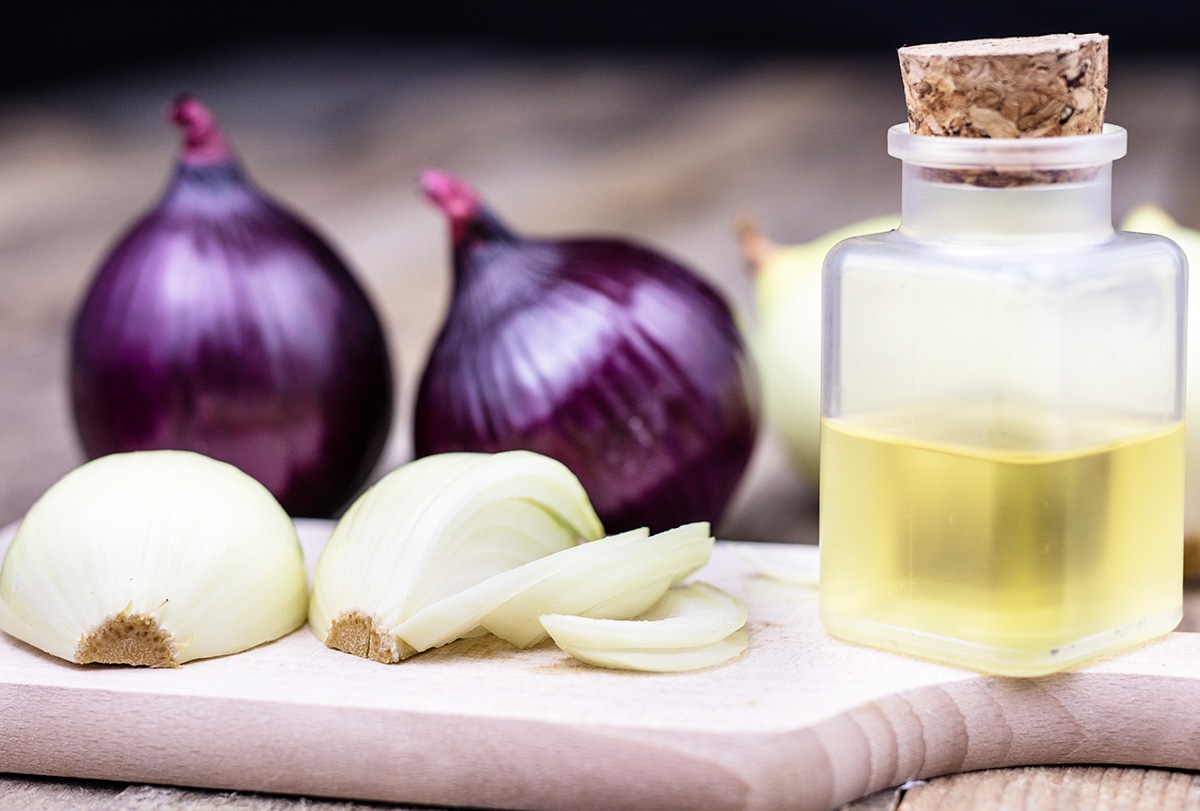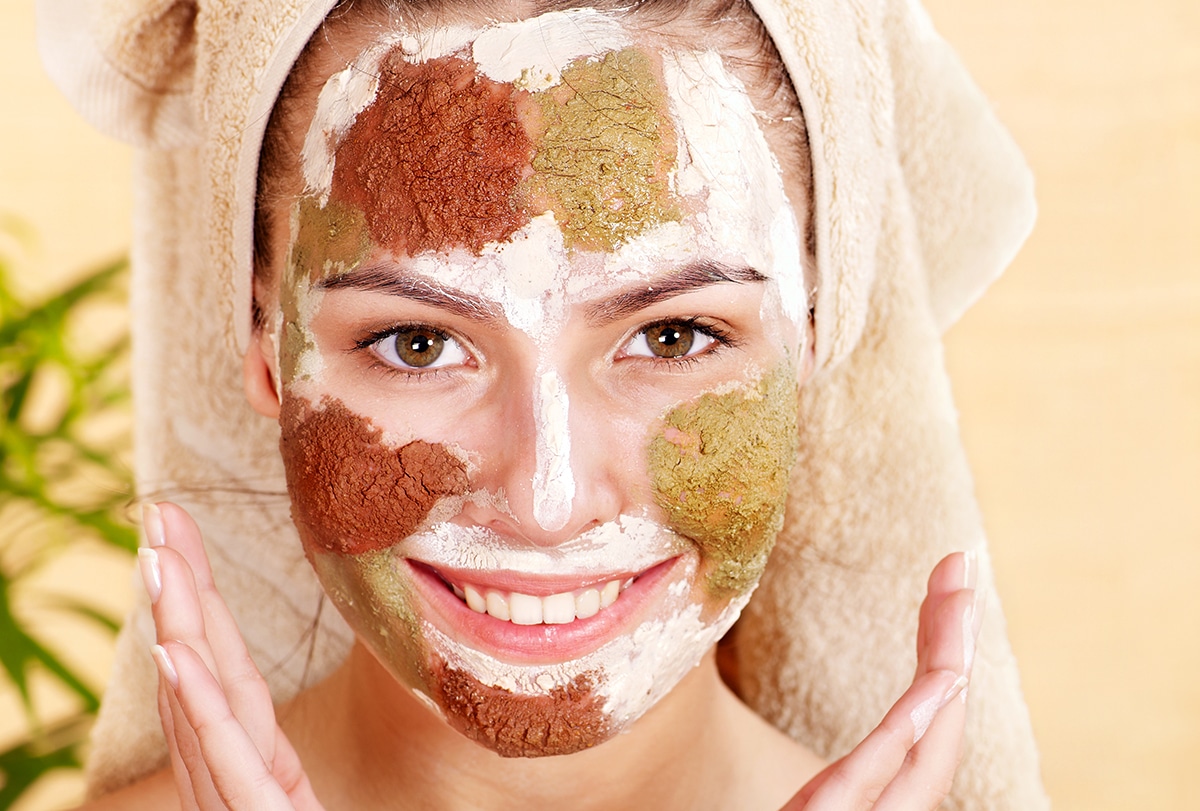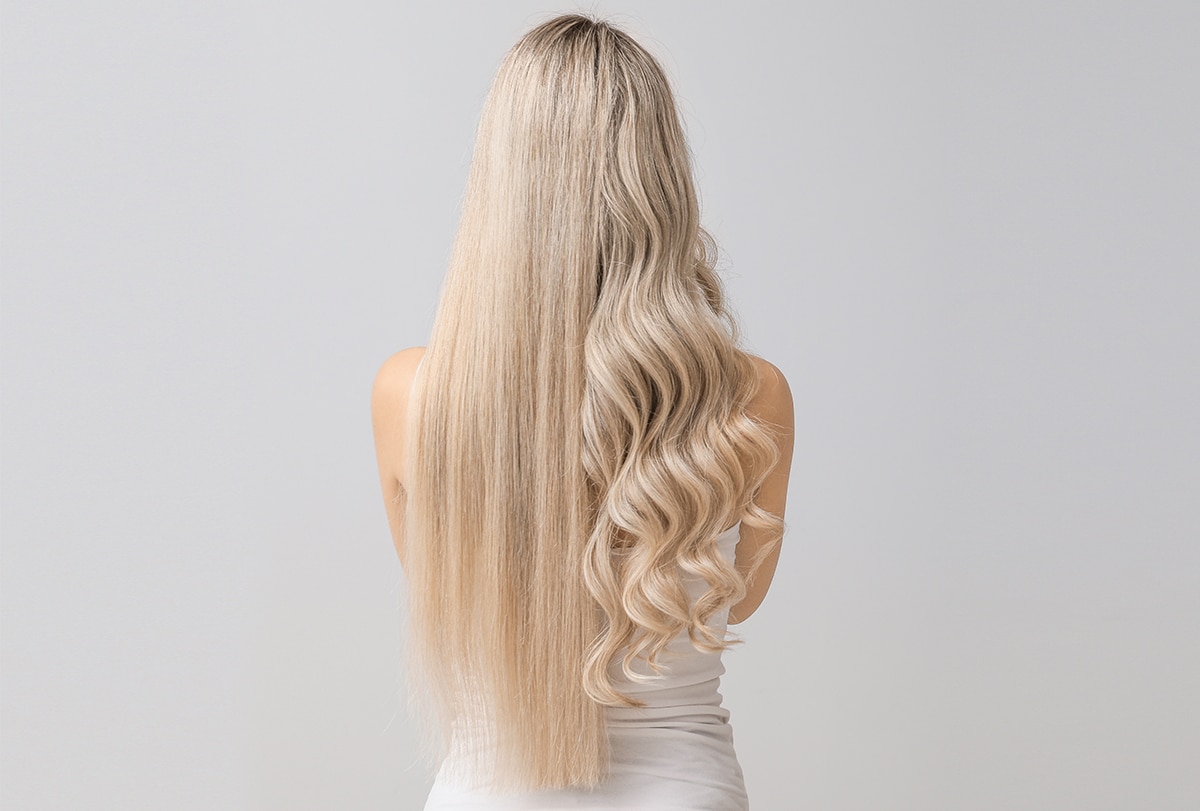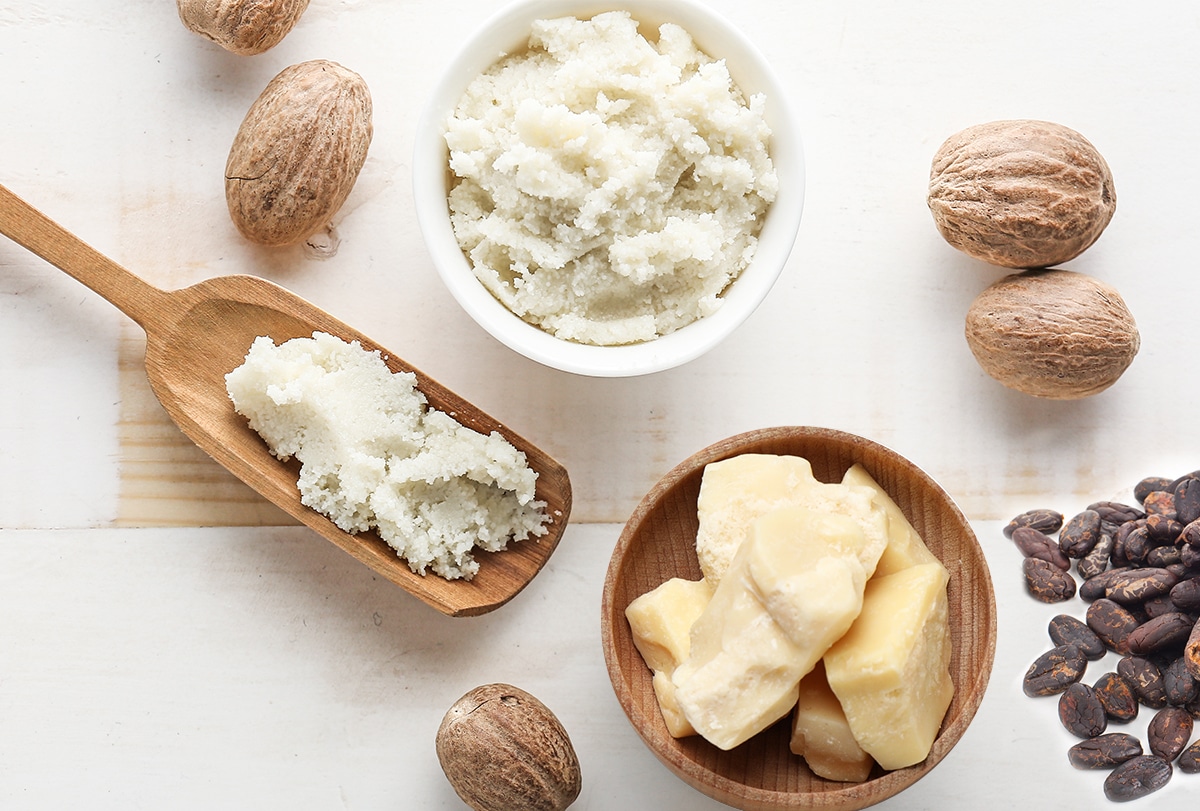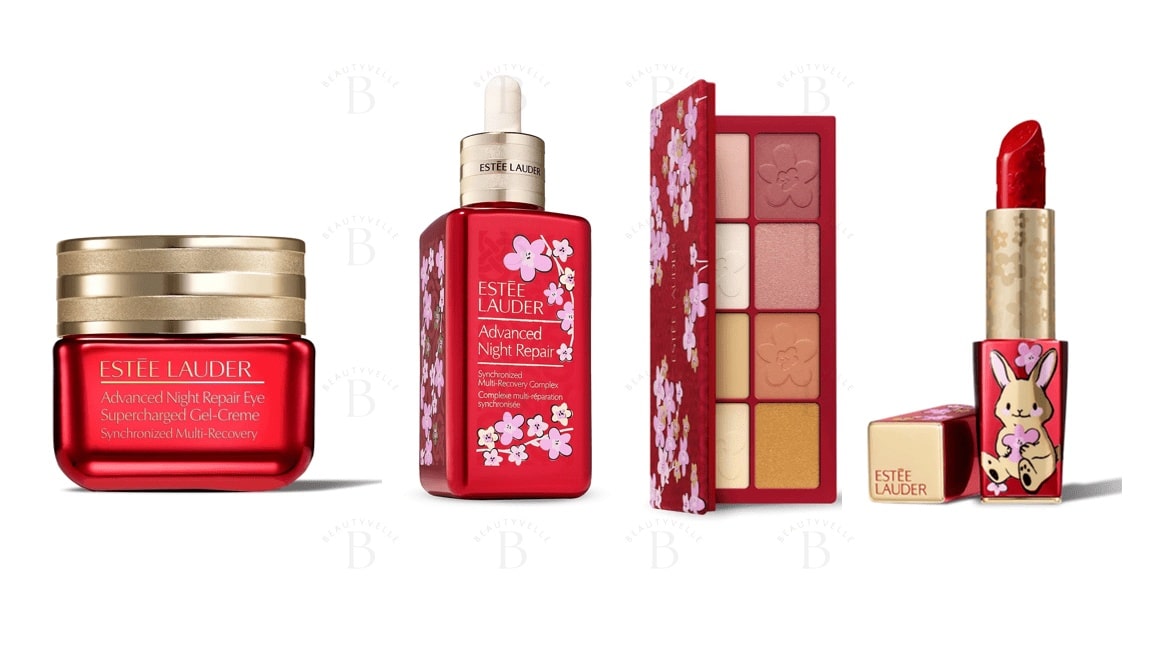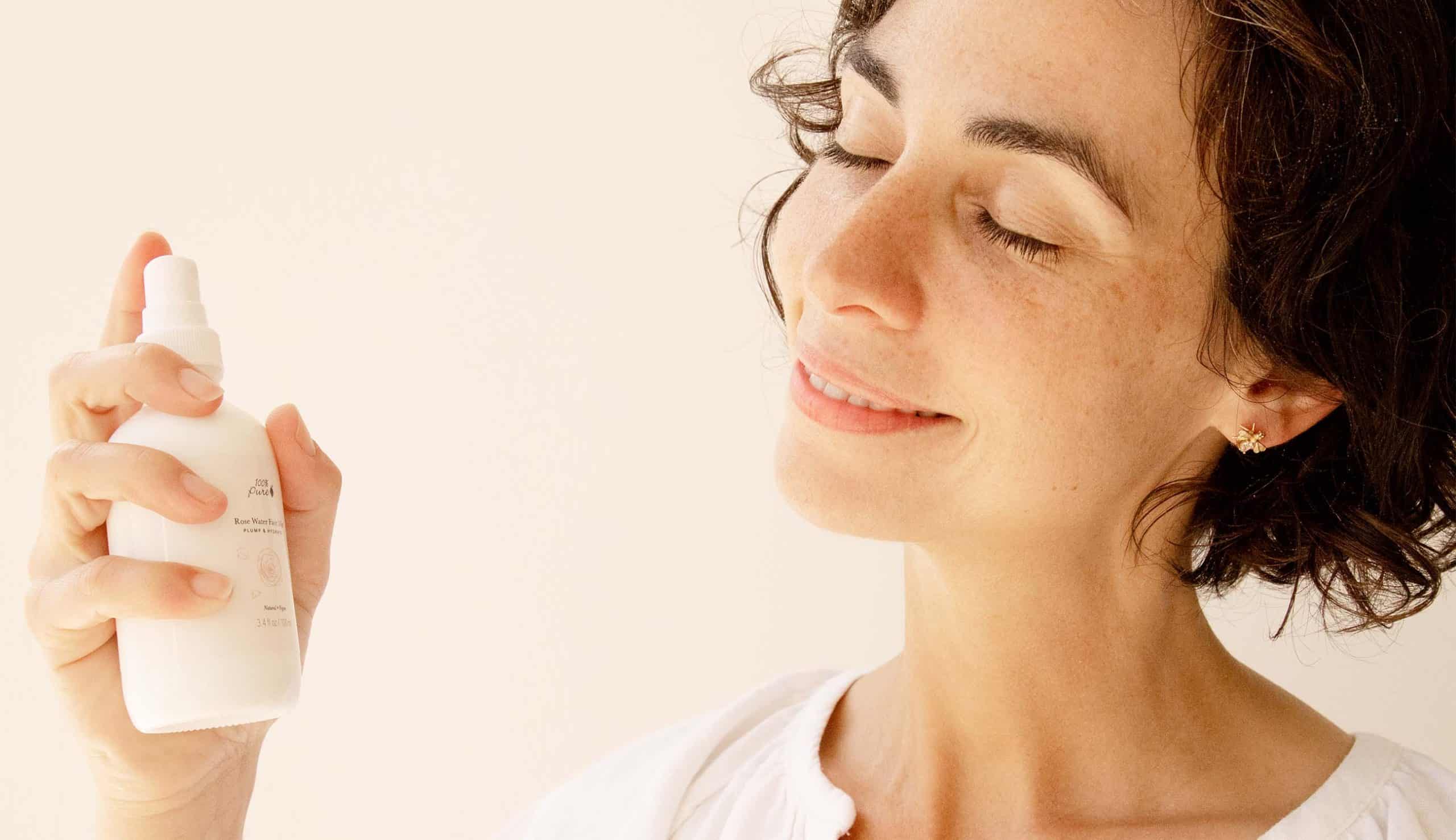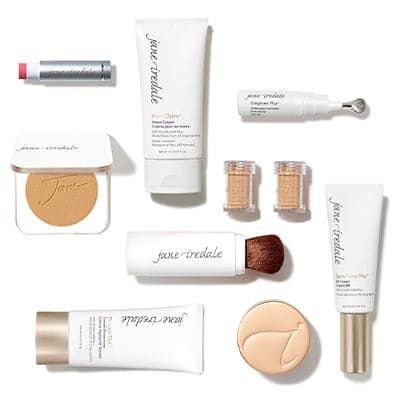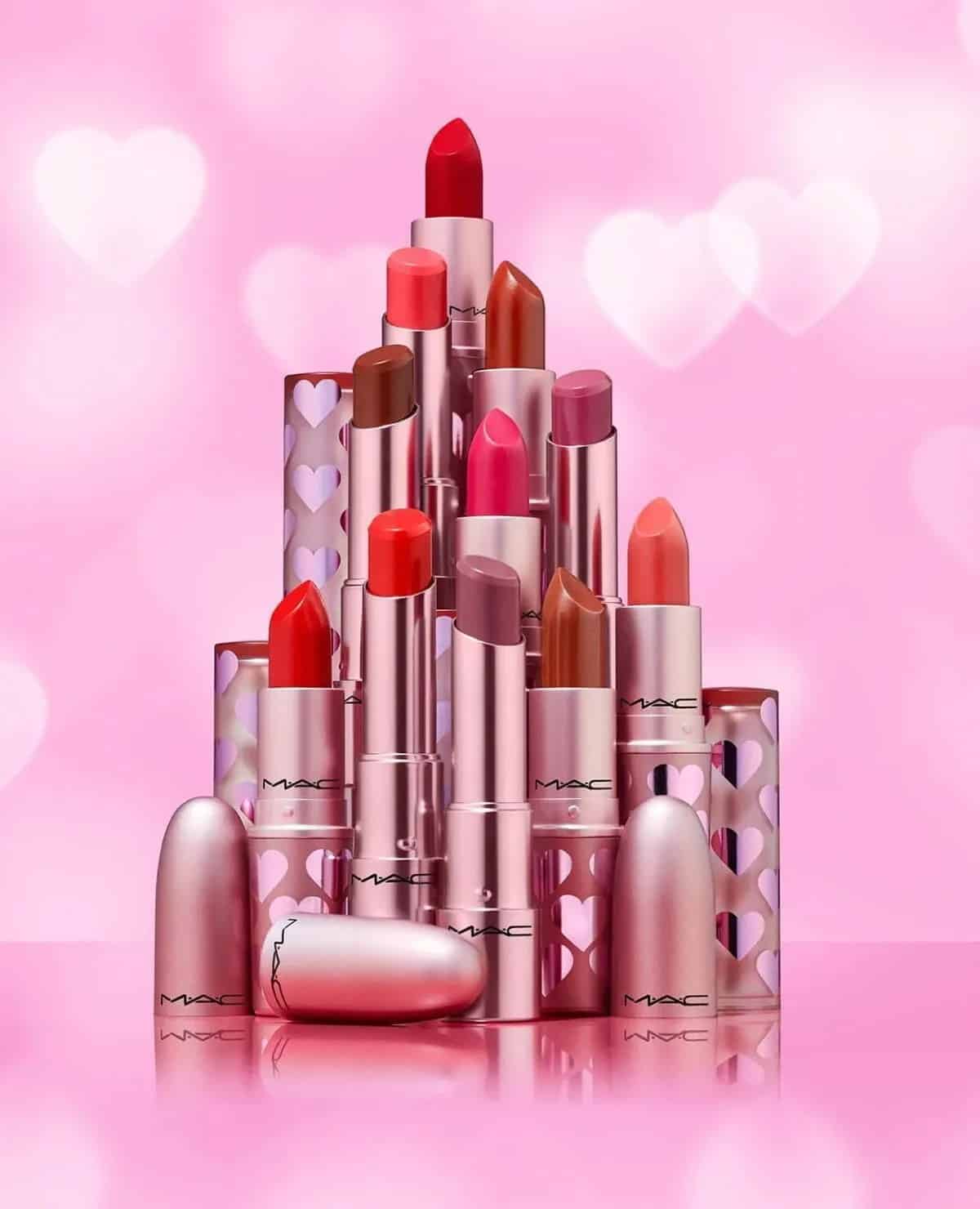Cocoa butter and shea butter are vegetable fats credited with multiple dermatological benefits. Both of them are widely used in the cosmetics industry.
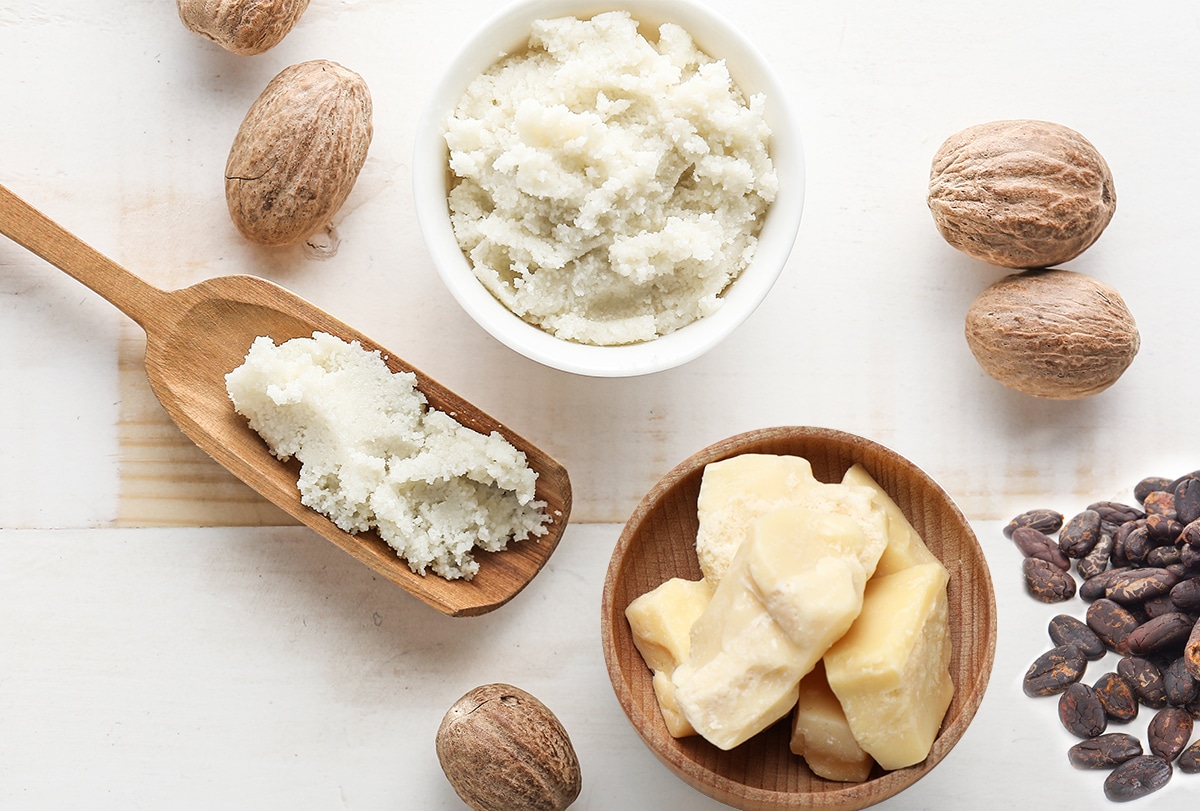
This article will explore the key differences between the two to determine which one is better suited for your particular skin or hair concern.
Key Differences Between Cocoa Butter and Shea Butter
| Criteria | Cocoa Butter | Shea Butter |
|---|---|---|
| Origins | Extracted from cocoa beans, which are the seeds of the cacao tree, which is native to South and Central America and also grown in West Africa (1) | Derived from the nuts of the shea tree, which is indigenous to West and Central Africa (2) |
| Application | Used in cooking as well as topically | Not edible; only fit for topical use |
| Shelf Life | 3-5 years | 1-2 years |
| Skin Benefits | Hydrates the skin and makes it more elastic and supple by promoting collagen synthesis. (3) Helps the skin heal faster and better, treats chapped lips, and is full of antioxidants such as vitamin E that protect the skin from free radical damage unleashed by environmental pollutants. | Provides intensive lubrication to the skin. (4) Promotes skin repair to heal wounds and fade marks or pigmentation more quickly. Hydrates and repairs chapped lips. Exhibits antimicrobial properties that help ward off skin infections. Is enriched with vitamins E and A, both of which are antioxidants that protect and repair the skin. Also, provides some degree of UV protection (5) (about SPF 6). |
| Skin Type | Suitable for dry and combination skin, but not oily skin | Suitable for all skin types, including sensitive (6) and acne-prone skin |
| Hair Benefits | Lubricates the hair and scalp. Provides nourishment to the hair follicles so that they can produce healthy and strong hair, resulting in less hair fall. Also helps with dandruff control. | Nourishes the hair follicles (4) so that they sprout strong and healthy hair. Hydrates, nourishes, and repairs the hair strands to prevent split ends and undue breakage. Moisturizes and soothes dry, itchy scalp associated with psoriasis and dandruff. |
| Absorption | Dissolves at body temperature and is quickly absorbed into the skin | Liquefies at body temperature but is absorbed faster than cocoa butter |
| Allergies | Soothes skin allergies. Cocoa beans contain cocoa mass polyphenol, which can worsen eczema and atopic dermatitis in a few cases. | Possible reactions for those with nut allergies |
| Color | Unrefined cocoa butter comes with a slight brownish or yellowish tint. | Unrefined shea butter has an ivory white color. |
| Fragrance | Unrefined cocoa butter smells like chocolate, but the refining process greatly diminishes its natural scent. | Unrefined shea butter gives off a nutty, smoky aroma, but the refining process makes it completely odorless. |
Dermatological Benefits of Cocoa Butter
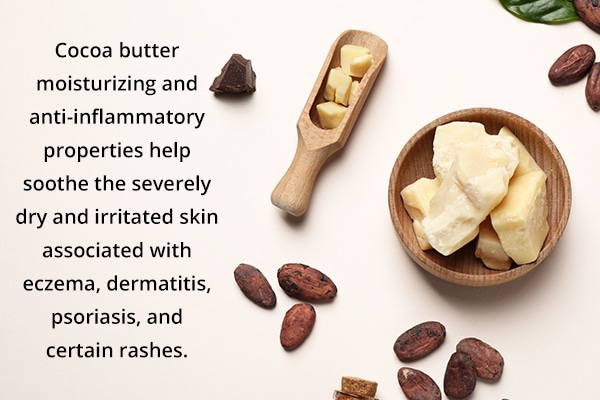
Cocoa butter can improve skin and hair health in the following ways:
Dermatological Benefits of Shea Butter
Shea butter is good for your skin and hair in the following ways:
- It is a gentle moisturizer that suits all skin types, including sensitive skin.
- Unrefined shea butter is noncomedogenic, which means it does not clog skin pores, making it highly suitable for acne-prone skin. (9)
- It works as an anti-inflammatory agent that soothes the dryness, peeling, itchiness, and irritation caused by inflammatory skin conditions such as eczema, psoriasis, and dermatitis. For the same reason, it is good for soothing some types of rashes, sunburns, and insect bites as well.
- The vitamins A and E found in shea butter help repair damaged skin cells and thus promote wound healing. Hence, it is considered a great topical treatment for cuts and scrapes.
- Its high vitamin E content provides skin protection against environmental irritants, including harmful solar radiation. (10)
- As reported by the Journal of Agricultural and Food Chemistry, shea butter is enriched with a number of antioxidants, including vitamins A and E, as well as certain phenolic compounds that help curb free radical activity and the skin damage caused by it. Shea butter can help minimize free radical damage, which is a prime contributor to premature skin aging.
- Not just that, vitamins A and E are also known to stimulate collagen production, which helps enhance skin elasticity and deters the formation of wrinkles and fine lines. (11)
- It works as a natural conditioner for your hair and can make them soft, smooth, and shiny over time.
- It provides nourishment to the hair follicles to build strong and healthy hair.
- It lubricates and strengthens the hair shafts to prevent split ends and undue breakage.
- It helps hydrate and soothe dry, itchy scalp, making it a boon for people with scalp psoriasis and dandruff.
Products Available
Cocoa butter and shea butter are found in a variety of dermatological products such as:
- Moisturizers
- Lotions
- Creams
- Lip balms
- Hair masks
- Soap bars
Side Effects of Cocoa Butter
Cocoa butter can lead to the following adverse skin reactions:
- Cocoa products can exacerbate eczema and atopic dermatitis in some cases. This is due to the presence of cocoa mass polyphenol in cocoa beans, which thwarts the production of certain antibodies in the skin, lungs, and mucous membranes. The loss of these antibodies makes the body react negatively against certain substances, which triggers inflammation and thereby causes flare-ups of eczema and atopic dermatitis. (12)
- Oily skin produces a lot of sebum, which builds up inside its pores. Cocoa butter is relatively thick, and applying it to oily skin can clog its pores, resulting in acne breakouts.
Side Effects of Shea Butter
Shea butter can lead to the following adverse skin reactions:
- Shea butter may contain trace amounts of natural latex, which can trigger a reaction in people with a latex allergy.
- Shea butter can also trigger adverse reactions in people with nut allergies.
Final Word
Cocoa butter and shea butter have more or less similar skin benefits, but one is better than the other in certain respects.
As far as moisturizing properties are concerned, both these butters are deeply hydrating, but shea butter is absorbed more readily and offers better sun protection, making it a better choice. Cocoa butter is also not recommended for oily skin as it tends to clog pores and trigger acne.
Shea butter, on the other hand, is non-comedogenic as it seeps easily into the skin pores without clogging them, making it the preferred choice for people with oily or acne-prone skin. However, the difference between these two remains marginal and does not take away from their individual skin benefits.
The good thing is you can now find skin moisturizers that contain both these ingredients in unique blends. Thus, you can pamper your skin with the best of both cocoa butter and shea butter by choosing such products.


